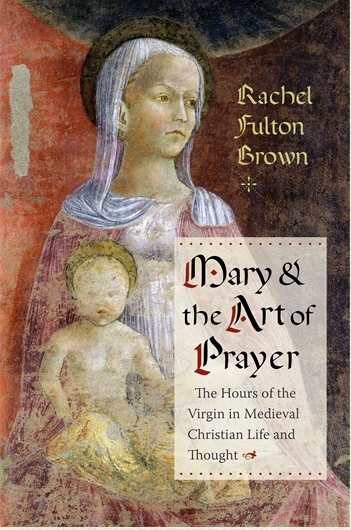My academic colleague and long-time friend Carol Symes (Associate Professor of History, University of Illinois; PhD, Harvard 1999) posted this article on the American Historical Association website this morning: She, of course, mentions me. Once published in Breitbart To date, the only tenured historian of medieval Europe to have found an audience for her views on these issues is Rachel Fulton Brown (Univ. of Chicago), a columnist for Breitbart who has used her privileged position and powerful allies to deride, bully, and persecute a junior, untenured medievalist of color. In a blog post published in mid-September, and in subsequent interviews, she has explicitly justified these attacks by invoking her authority as a historian (PhD, Columbia 1994). “If you teach the history,” Fulton Brown told Inside Higher Ed , “everybody basically learns that it’s a very complicated story, and there’s nothing to support the white supremacist argument in it.” According to her, proving tha






